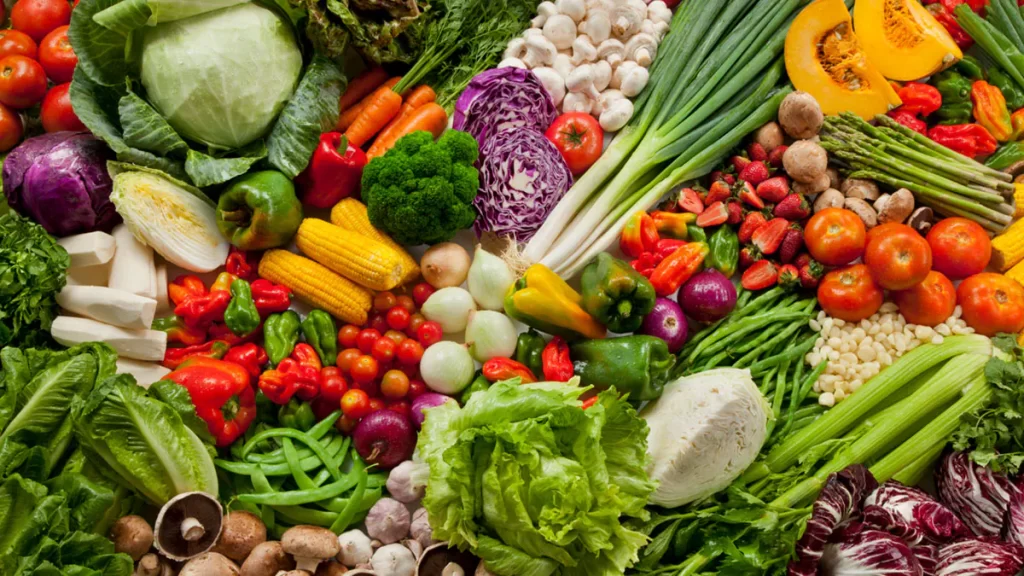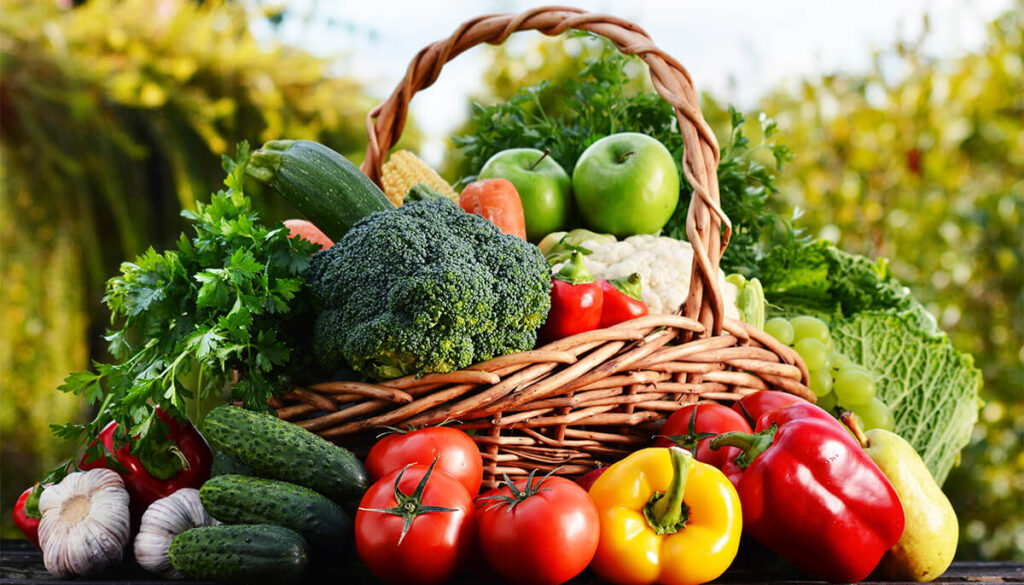Indian agriculture is deeply rooted in vegetable cultivation, essential for providing daily nutrition to our vast population and fueling economic growth. In 2024, vegetable production is set to receive significant attention in various states across India. This article explores the top five highest vegetable producing states in india, highlighting their contributions to the nation’s agricultural landscape.
Top 5 Highest Vegetable Producing States in India

1. Uttar Pradesh
Uttar Pradesh stands as the largest vegetable-producing state in India, retaining its leading position due to its favorable agro-climatic conditions and strong irrigation infrastructure. The state’s robust agricultural framework supports lasting and lucrative vegetable farming. Key districts like Meerut in Western Uttar Pradesh significantly boost vegetable production, thanks to advanced farming techniques and state-level subsidies that support local farmers. The state’s continued focus on modern farming practices ensures that Uttar Pradesh remains at the forefront of vegetable production in India.
2. West Bengal
West Bengal is rapidly emerging as a significant player in India’s vegetable value chain. The state’s structural diversity, fertile soil, and abundant water resources create ideal conditions for vegetable cultivation. Farmers in West Bengal combine traditional methods with modern agricultural practices, cultivating a wide variety of vegetables. The regions of Hooghly, Bardhaman, and North 24 Parganas not only cater to local markets but also supply vegetables to the restaurant industry and export markets. West Bengal’s dynamic approach to farming reinforces its status as one of the highest vegetable-producing states in India.
3. Maharashtra
Maharashtra is a leader in vegetable production, leveraging its diverse environment and well-developed irrigation infrastructure. The state’s western and central regions provide excellent conditions for growing a range of vegetables year-round. Notable areas such as Nashik, Pune, and Ahmednagar are renowned for their vegetable production. Maharashtra’s use of precision farming techniques, crop protection methods, and market-oriented approaches ensures high-quality produce. The state’s commitment to agricultural excellence significantly contributes to its standing as a top vegetable-producing state.
4. Andhra Pradesh
Andhra Pradesh plays a crucial role in India’s vegetable production, with its varied regions—coastal, semi-arid, and hilly—supporting a wide range of vegetable crops. Districts like Krishna, Guntur, and East Godavari are prominent centers of vegetable cultivation, benefiting from irrigation projects and extension services. Andhra Pradesh’s focus on organic farming, crop diversification, and farmer welfare initiatives enhances its vegetable supply, meeting both national and international market demands. The state’s proactive approach to agriculture helps bolster its position among the highest vegetable-producing states in India.
5. Telangana
Telangana demonstrates impressive vegetable production capabilities, driven by forward-looking agricultural policies and substantial investments in infrastructure. The state’s semi-arid climate and effective irrigation systems facilitate year-round vegetable growth. Key districts such as Medak, Rangareddy, and Karimnagar are central to Telangana’s vegetable farming efforts. Through the state’s emphasis on technology, farmer education, and market connectivity, vegetable production in Telangana not only boosts productivity and profitability but also contributes to rural development and food security.
Conclusion
Small and marginal farmers are the backbone of India’s vegetable production, supported by favorable agro-climatic conditions and government policies. The top five highest vegetable producing states in india — Uttar Pradesh, West Bengal, Maharashtra, Andhra Pradesh, and Telangana—highlight the resilience and efficiency of India’s agricultural sector. Despite challenges such as poverty, floods, and other adversities, these states’ focus on innovation, infrastructure development, and farmer welfare ensures a promising future. By continuing to enhance vegetable production, these states contribute significantly to meeting the nation’s food needs and fostering economic prosperity.


